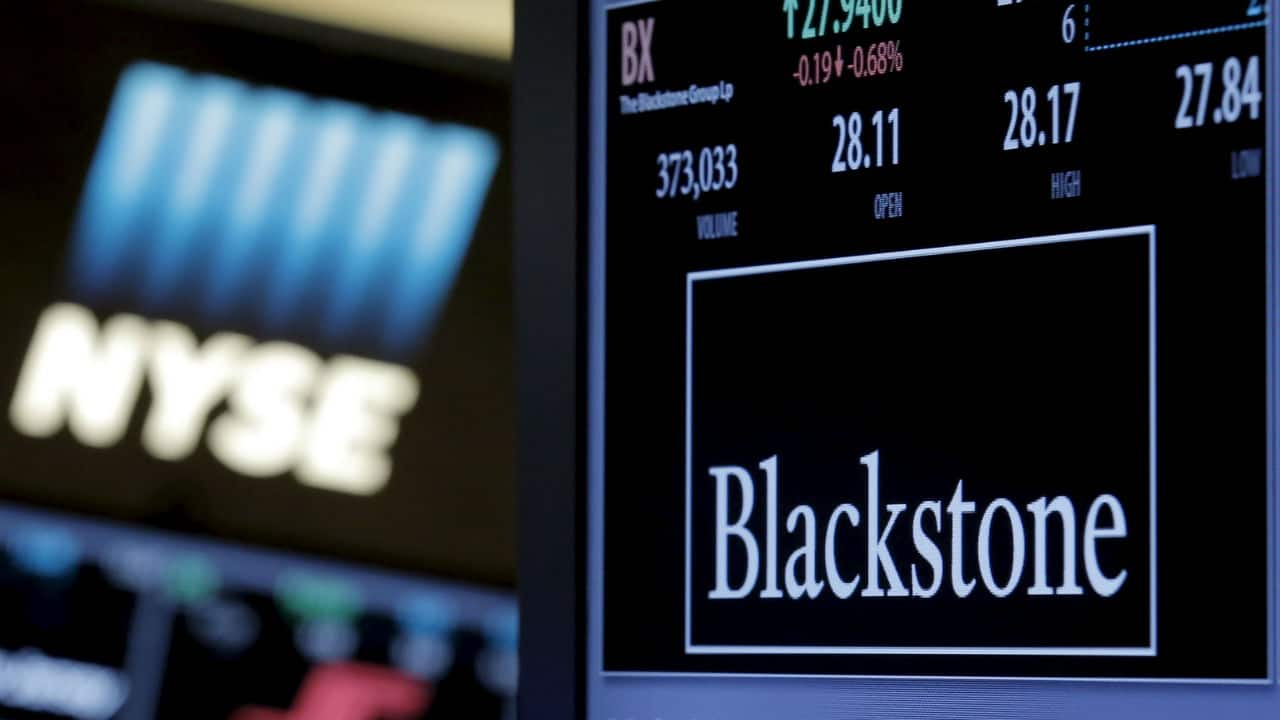Santa goes virtual in pandemic hit Spain
Children's entertainer Fuentes, a Chilean who has been living in Spain for the past decade, has transformed an old shipping container in Leganes, south of Madrid, into a grotto-cum-production studio.
Reuters
December 19, 2020 / 08:30 PM IST
MADRID An enterprising Santa Claus has given himself the mission of saving Christmas in Spain by sending video messages to children who are unable to meet the man himself this year because of the coronavirus pandemic.
"We thought of doing Zoom, Skype and using new technologies since Santa cannot visit the children's homes," said Hector Fuentes, decked out in the classic red suit, white beard and hat of Father Christmas, or "Papa Noel" in Spanish.
Children's entertainer Fuentes, a Chilean who has been living in Spain for the past decade, has transformed an old shipping container in Leganes, south of Madrid, into a grotto-cum-production studio.
He records personalised messages with the help of his son Andres, who works behind the camera, and his colleague Pilar Carrion, who plays his trusty sidekick elf.
Parents can find Fuentes on social media and send him their children's letters. Then he and Carrion film a personalised reply from Papa Noel himself.
"When the pandemic arrived all the events we had were cancelled…we had to start from scratch to reinvent ourselves," said Carrion.
On Friday, three-year-old Arhoa Pena sat transfixed as she watched Santa Claus talking to her from the television in her living room in Alcorcon.
Follow our full coverage of the coronavirus pandemic here.










_2020091018165303jzv.jpg)

























